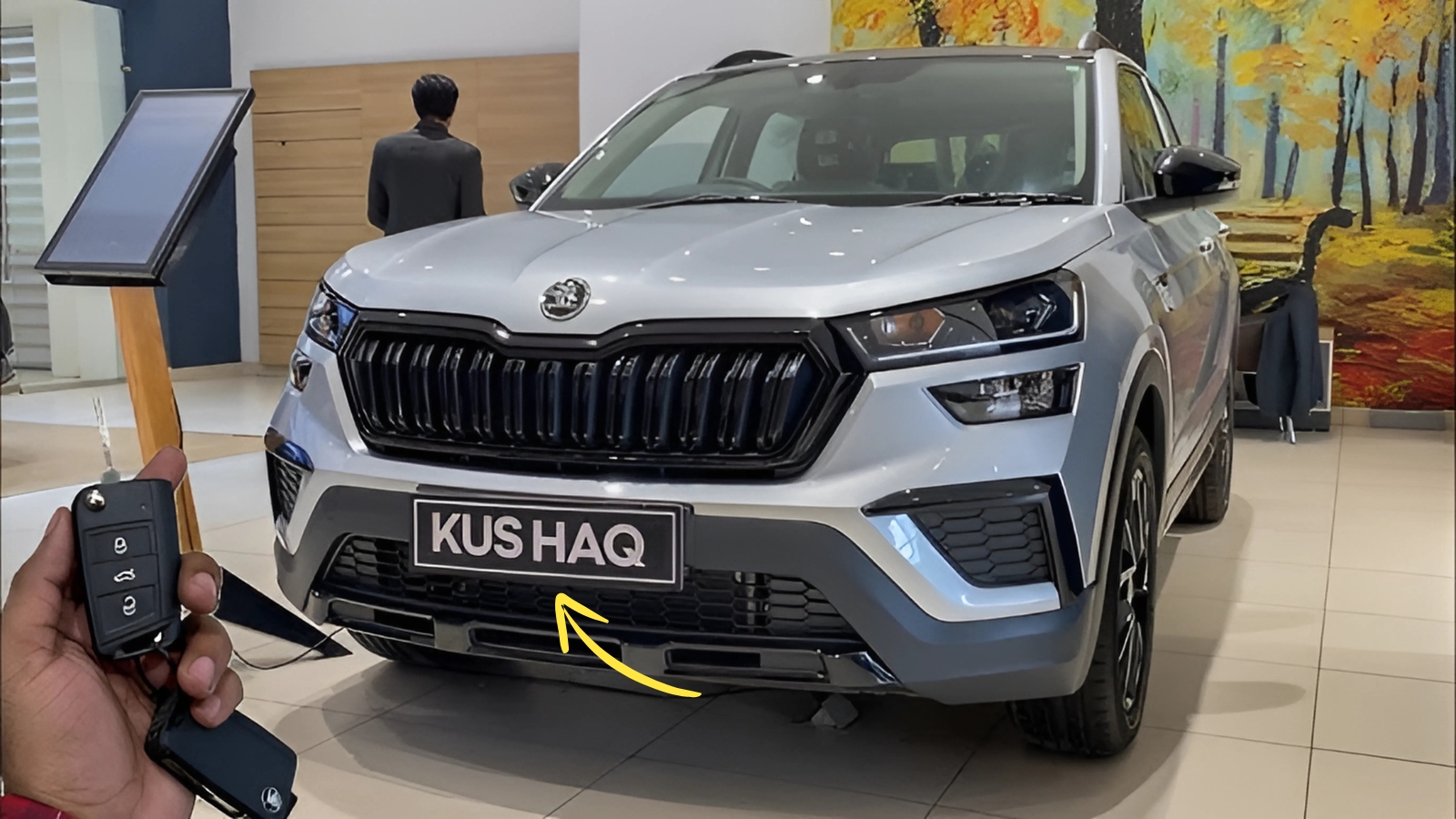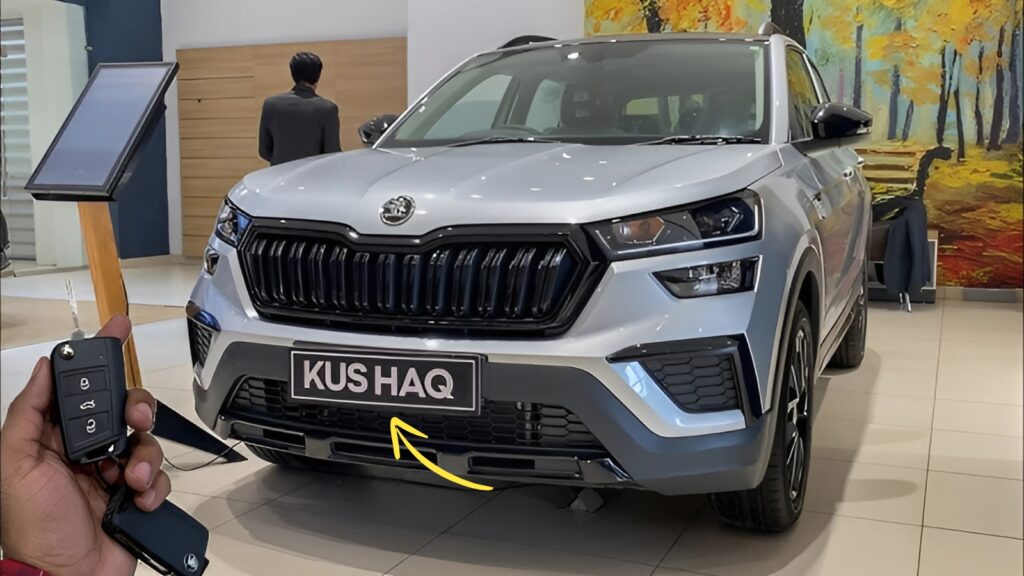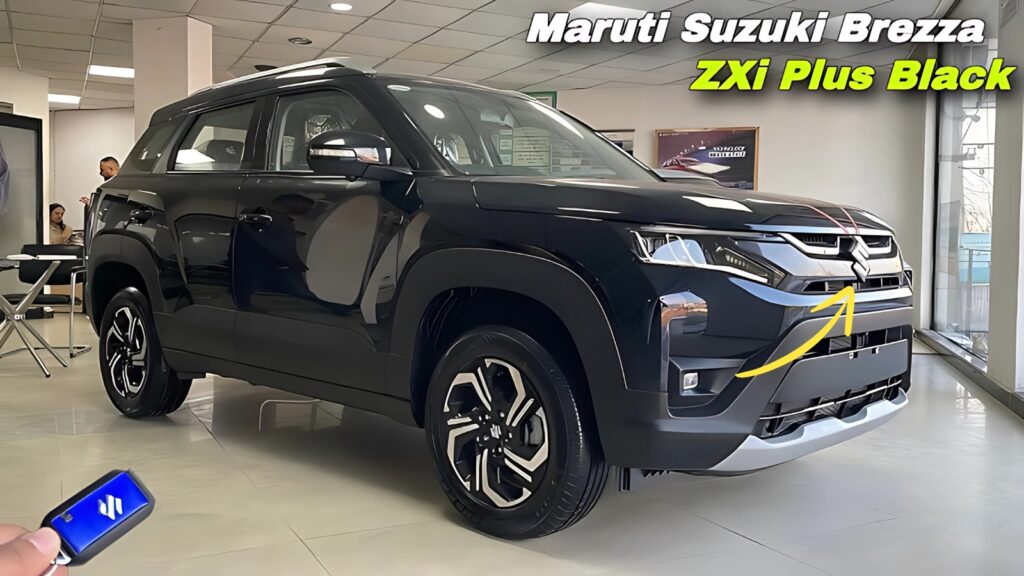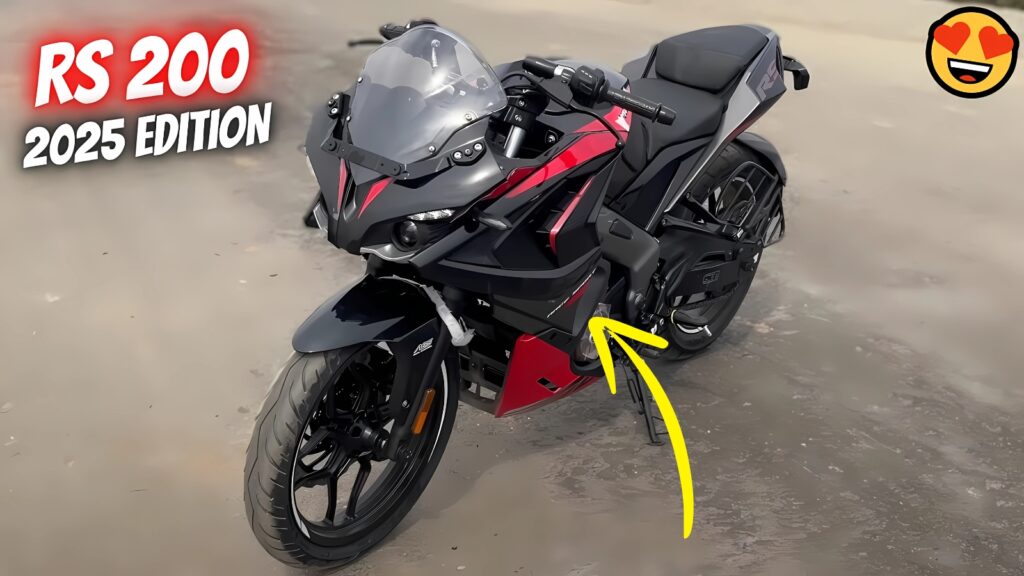New Skoda Kushaq: Sometimes you know when a car needs a refresh just by looking at the numbers. Take the Skoda Kushaq, for instance. In May 2025, Skoda managed to sell just 644 units, marking a concerning 17.75 percent decline in month-on-month sales. For a vehicle that once promised to revolutionize the compact SUV segment, those figures tell a story that Skoda simply couldn’t ignore anymore.
But here’s what makes this situation interesting – rather than panic or make desperate moves, Skoda seems to have taken a step back and asked the right questions. What do buyers actually want? How has the market evolved? And most importantly, how can they reclaim their position without losing what made the Kushaq special in the first place?
Design Philosophy: Evolution, Not Revolution
Anyone expecting a complete visual overhaul might be disappointed, but that’s actually the smart play here. The current Kushaq has aged gracefully, and there’s wisdom in not fixing what isn’t fundamentally broken. The facelift will likely adopt a connected lighting theme for both its headlamps and tail-lamps, which will perhaps necessitate a major redesign of the headlamps that are expected to be connected at the grille.
What we’re seeing in spy shots suggests a more sophisticated evolution. The front gets sharper LED elements, a redesigned grille that commands more presence, and those increasingly popular connected DRLs that seem to be everywhere these days. It’s not revolutionary, but it doesn’t need to be – sometimes, subtle refinements make the biggest difference.
The rear treatment looks particularly promising, with slimmer tail-lamps bridged by what appears to be an LED strip. It’s the kind of detail that makes people do a double-take when you drive past, which is exactly what Skoda needs right now.

Technology Surge: Finally Meeting Expectations
Here’s where things get genuinely exciting. The biggest criticism of the current Kushaq has been its lack of advanced safety features compared to rivals. The Kushaq spied testing on foreign shores reveal ADAS module.(New Skoda Kushaq) It is also expected to get more features such as a 360-degree camera and improved connected car features as part of the package.
This isn’t just about checking boxes on a features list – it’s about fundamentally changing the ownership experience. ADAS Level 2 means your car becomes an active partner in keeping you safe, not just a passive metal box. Lane-keeping assistance, adaptive cruise control, automatic emergency braking – these aren’t luxury features anymore, they’re expectations.
The addition of a 360-degree camera system addresses one of the most practical pain points for urban SUV owners. Anyone who’s tried maneuvering a larger vehicle through tight Indian parking situations will understand why this matters immensely.
Mechanical Integrity: Staying True to Strengths
In an era where every update seems to mess with perfectly good powertrains, Skoda is taking a refreshingly conservative approach. The Kushaq facelift will remain mechanically unchanged from the current model. It will continue with the 115hp, 178Nm, 1.0-litre TSI and the 150hp, 250Nm, 1.5-litre TSI engines.
This decision makes complete sense when you consider that the current engines have been consistently praised for their refinement and performance. Why risk alienating existing customers by changing something that already works well? The focus remains on the driving experience that made people fall in love with the Kushaq in the first place.
Market Reality: Facing Fierce Competition
The compact SUV segment has become absolutely ruthless. Upon launch, the Kushaq facelift will rival the Hyundai Creta, Maruti Grand Vitara, Kia Seltos, Tata Harrier, Toyota Hyryder, MG Astor, and the Volkswagen Taigun. Each of these vehicles brings something compelling to the table, whether it’s features, efficiency, or value.
The Kushaq’s challenge isn’t just about matching features – it’s about proving that European engineering and build quality still matter in a market increasingly driven by specifications and price points.(New Skoda Kushaq) The five-star Global NCAP rating provides a strong foundation, but today’s buyers want safety AND convenience.
Pricing Strategy: The Balancing Act
The Skoda Kushaq facelift prices are expected to range between Rs. 11.00 Lakh – Rs. 19.00 Lakh, depending on the variant selected. This represents a modest increase from current pricing, which seems reasonable given the feature additions.
The real test will be whether Skoda can distribute these new features intelligently across variants, ensuring that buyers don’t have to jump to the top-spec model just to get ADAS or a 360-degree camera.
Bajaj Pulsar RS 200 – Full dangerous design bike launch with powerful engine
Launch Window: Strategic Timing
The facelifted Skoda Kushaq is expected to be launched in India in H2 2025. This timing positions it perfectly for the festive season buying surge, when consumers are most receptive to making significant purchases.
New Skoda Kushaq The Verdict: A Calculated Comeback
The new Kushaq facelift represents something increasingly rare in today’s automotive world – a thoughtful, measured response to market feedback.(New Skoda Kushaq) Rather than chasing trends or making dramatic changes, Skoda seems focused on addressing genuine customer needs while preserving the character that made the Kushaq appealing.
Whether this approach will translate into sales success remains to be seen. But for buyers seeking a premium driving experience backed by modern technology, the updated Kushaq could be exactly what they’ve been waiting for. Sometimes, the best comebacks aren’t the flashiest ones – they’re simply the most thoughtful.


